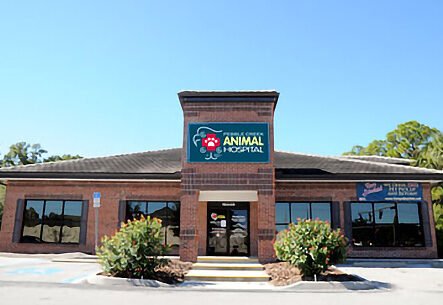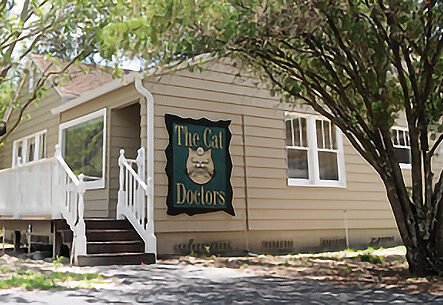Leopard Geckos

What to expect from your Leopard Gecko?
Leopard geckos have a well-deserved reputation for making excellent pets. Their ease of maintenance, moderate size and attractive appearance have earned them high praise and popularity in the pet industry. Unlike may other geckos, leopard geckos possess movable eyelids and lack the sticky toe pads that enable many other geckos to cling to glass or walls. A leopard gecko should not be caught or lifted by the tail; the body should be fully supported when it is handled.
Is my Leopard Gecko Male or Female?
As juveniles, there is little difference between male and female leopard geckos. Interestingly, leopard geckos undergo temperature-dependent sex determination, which means the sex of the gecko can be predicted based on the temperature at which the egg was incubated.
As adults, males have a V-shaped row of enlarged femoral pores along their inner thighs, whereas females have only small pre-anal pits. Males also have paired hemipenal swellings at the base of the tail, which females lack. Males are slightly more heavy-bodied and robust with a broader head and thicker neck than females. Both males and females make equally good pets.
Diet
Leopard geckos feed primarily on live, moving insect prey. Commercially available diets have emerged that include dried insects and frozen prepared meats; however, leopard geckos need to be conditioned to feed on these items ands some are hesitant to adapt to them.
The diet may consist of commercially raised crickets with smaller numbers of mealworms, superworms (Zophobas), waxworms, silkworms, roaches and other live insects. Prey items should be fed a high quality diet (“gut-loaded”) for at least 24 hours before feeding.
Live prey should be offered in shallow containers, which will prevent mealworms from burrowing, reduce cricket dispersal in the enclosure and reduce accidental ingestion of substrate by the gecko.
Appropriate-sized prey items should be offered every one to two days for juveniles, and two to three times a week for adults. As a general rule, feed crickets with a body length no greater than the length of the gecko’s head and about half the width of the head. Feed no more than the animal will consume within 15 minutes, which usually amounts to 4-6 food items. Beware that hungry juveniles housed together may nip toes or tail tips off their cage mates.
While vitamin and mineral supplementation is controversial, leopard geckos will tolerate a wide range of supplementation regimes. Consult with Dr. Block, your exotic animal veterinarian. Dusting prey items with a calcium supplement is beneficial. Prey are dusted daily for juveniles, while prey are supplemented every 2-3 feedings for adults.
Housing
- Be at least 200 square inches (floor space) and 6″ high for a group of 2-3 animals.
- Be easy to clean with a good ventilation (provide a screen top)
- Include clean fresh water provided in a shallow container and changed daily
- Include acceptable substrates such as paper towel, newspaper, orchid bark or fine sand (sand is controversial), corncob and walnut shell should be avoided.
- Provide a moist hide box filled with sphagnum moss, cypress mulch or vermiculite
- Include a rough stone or bark for the leopard gecko to rub on during shed periods
Tips
- Bring a newly purchased leopard gecko to South County Animal Hospital for a wellness examination and fecal check for parasites.
- Quarantine new geckos in a separate area of the house for at least 30 days.
- When housing geckos together in groups, have only one adult male to avid fighting.
- Ensure a gradient of temperatures in the enclosure, from 70°F (21°C) on the cool end to 84-88°F (29-31°C) on the warm end.
- Mist the hide box substrate daily to promote normal skin shedding.
- Provide heat with an under-tank heating pad, heating tape or basking light.
Avoid
- Coarse sand, corncob or walnut shell as a substrate
- Free roam of the house
- Cats, dogs or other predators
- Being picked up by the tail
- Being housed together with more than one adult male
- Hot rocks or direct contact with heating elements or light sources
- Over-supplementation of vitamins or minerals
- Insects from the yard, which may be contaminated by pesticides
Having your gecko examined on a regular basis by an exotic animal veterinarian who is familiar with reptiles can prevent many common disorders.
Courtesy of Zoological Education Network
Tampa, FL 33615 (View map)
Tampa, FL 33647 (View map)
Tampa, FL 33617 (View map)
Tampa, FL 33647 (View map)








